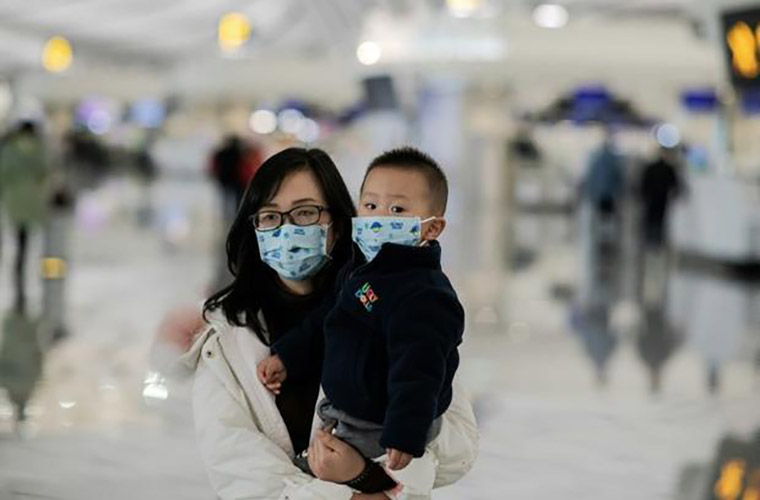Popular News
NDMA seeks ban on export of face masks and hand gloves due to Coronavirus threat

NDMA seeks ban on export of face masks and hand gloves due to Coronavirus threat.
National Disaster Management Authority (NDMA) has sought ban on export of face masks and hand gloves.
It declared it a first precautionary measure
NDMA also decided to ensure availability of sufficient basic first aid material due to growing threat of coronavirus which badly hit China and reached many countries.
Furthermore, it directed all relevant authorities to take necessary measures and ensure availability of sufficient quantity of first aid material.
The material includes: face mask & gloves at all tiers of health units.
NDMA seeks ban on export
Therefore, NDMA on Friday requested ban on export of N95 face mask and hand gloves (disposable) outside Pakistan from land, air and sea routes forthwith and till further advice.
In this regard, NDMA has sent a letter to the authorities concerned as well.
What is a coronavirus?
A new Chinese coronavirus, a cousin of the SARS virus, has infected hundreds since the outbreak began in Wuhan, China, in December. Scientist Leo Poon, who first decoded the virus, thinks it likely started in an animal and spread to humans.
Coronaviruses are a large group of viruses that are common among animals. In rare cases, they are what scientists call zoonotic, meaning they can be transmitted from animals to humans, according to the US Centers for Disease Control and Prevention.
Coronavirus symptoms
The viruses can make people sick, usually with a mild to moderate upper respiratory tract illness, similar to a common cold.
Coronavirus symptoms include a runny nose, cough, sore throat, possibly a headache and maybe a fever, which can last for a couple of days.
For those with a weakened immune system, the elderly and the very young, there’s a chance the virus could cause a lower, and much more serious, respiratory tract illness like a pneumonia or bronchitis.
There are a handful of human coronaviruses that are known to be deadly.
Middle East respiratory syndrome, also known as the MERS virus, first reported in the Middle East in 2012. It also causes respiratory problems. But those symptoms remained much more severe.
According to the CDC three to four out of every 10 patients infected with MERS died.
Severe acute respiratory syndrome, also known as SARS, the other coronavirus that can cause more severe symptoms.
According to the WHO, first identified in the Guangdong province in southern China, it causes respiratory problems. But it can also cause diarrhea, fatigue, shortness of breath, respiratory distress and kidney failure.
Depending on the patient’s age, the death rate with SARS ranged from 0-50% of the cases, with older people being the most vulnerable.
The Wuhan coronavirus is currently thought to be more mild than SARS and MERS and takes longer to develop symptoms.
Patients to date have typically experienced a mild cough for a week followed by shortness of breath, causing them to visit the hospital, explains Peter Horby, professor of emerging infectious diseases and global health at the University of Oxford. So far, around 15% to 20% of cases have become severe, requiring, for example, ventilation in the hospital.











